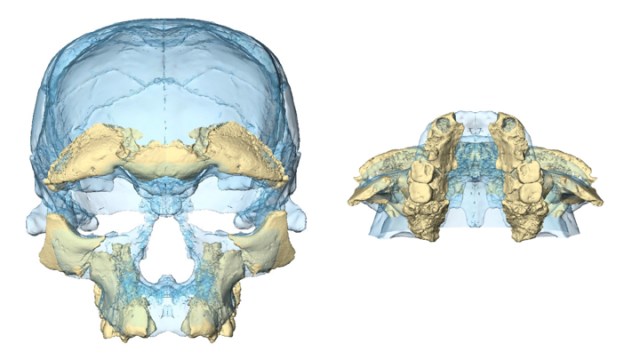Ask Ethan: How many black holes are there in the Universe?
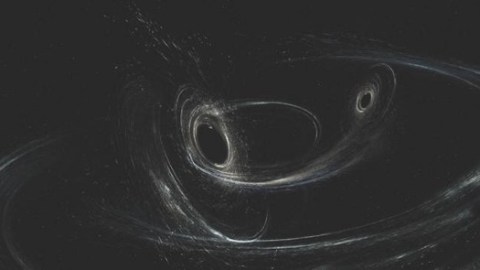
You know what a black hole is, and we’ve found a few so far. But oh, are there ever so many more out there!
“Black holes are the seductive dragons of the universe, outwardly quiescent yet violent at the heart, uncanny, hostile, primeval, emitting a negative radiance that draws all toward them, gobbling up all who come too close…these strange galactic monsters, for whom creation is destruction, death life, chaos order.” –Robert Coover
For the third time in history, we’ve directly detected an unmistakable signature of black holes: gravitational waves resulting from their merger. Combine that with what we know from stellar orbits around the galactic center, X-ray and radio observations of other galaxies, and gas infall/velocity measurements, and the evidence for black holes in a variety of situations is undeniable. But is there enough information, from these and other sources, to teach us what the number and distribution of black holes in the Universe truly is? That’s the topic of this week’s Ask Ethan, as John Methot inquires:
The most recent LIGO event made me wonder how numerous black holes are, and that made me wonder what the sky would look like if we could see them (and, for clarity, see *only* black holes)… what is the spatial and intensity distribution of black holes compared the distribution of visible stars?
Your first instinct might be to go for direct observations, and that’s a great start.
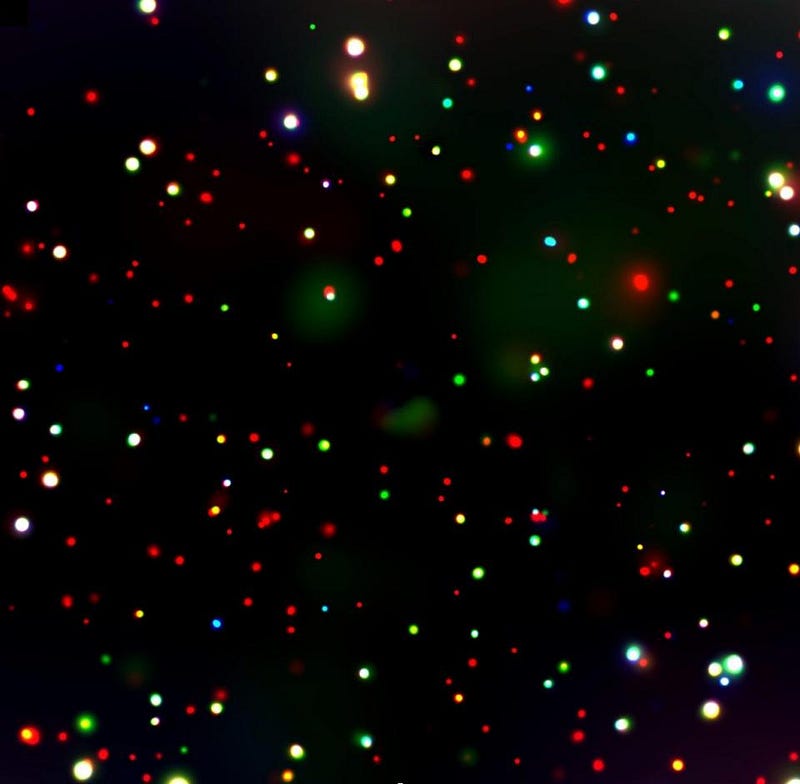
Our best X-ray telescope of all is still the Chandra X-ray observatory. From its location in Earth’s orbit, it’s capable of identifying even single photons from distant X-ray sources. By taking a deep-field image of a significant region of the sky, it was able to identify literally hundreds of X-ray point sources, each of which corresponds to a distant galaxy beyond our own. Based on the energy spectrum of the received photons, what we’re seeing is the evidence for supermassive black holes at the center of each galaxy.
But as incredible as this discovery is, there’s much more out there than just one enormous black hole per galaxy. Sure, each galaxy, on average, has at least one that’s millions or even billions of solar masses, but there’s so much more.
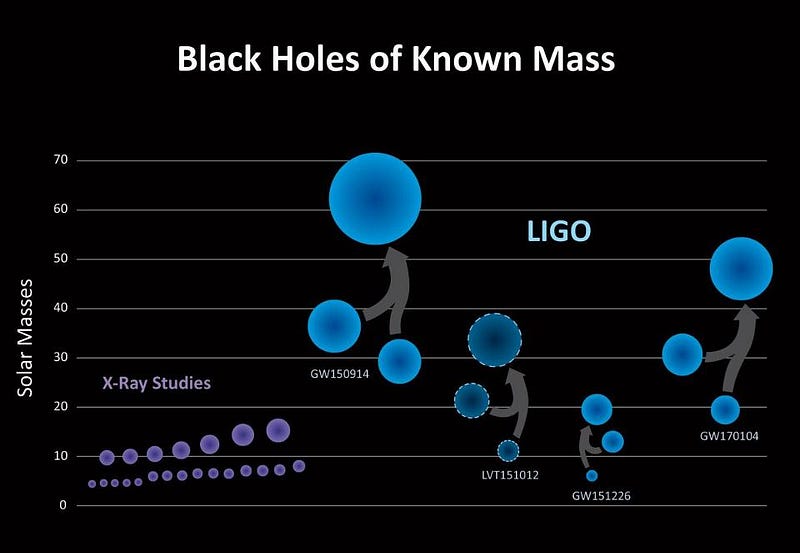
LIGO just recently announced their third direct detection of a robust gravitational wave signal from merging binary black holes, teaching us that these systems are common throughout the Universe. We don’t have quite enough statistics to come up with a numerical estimate, as the error bars are too large. But if you consider LIGO’s current range, and the fact that it’s found a signal once every two months (on average), we can safely say that there are at least dozens of systems like this in every Milky Way-sized galaxy we can probe.
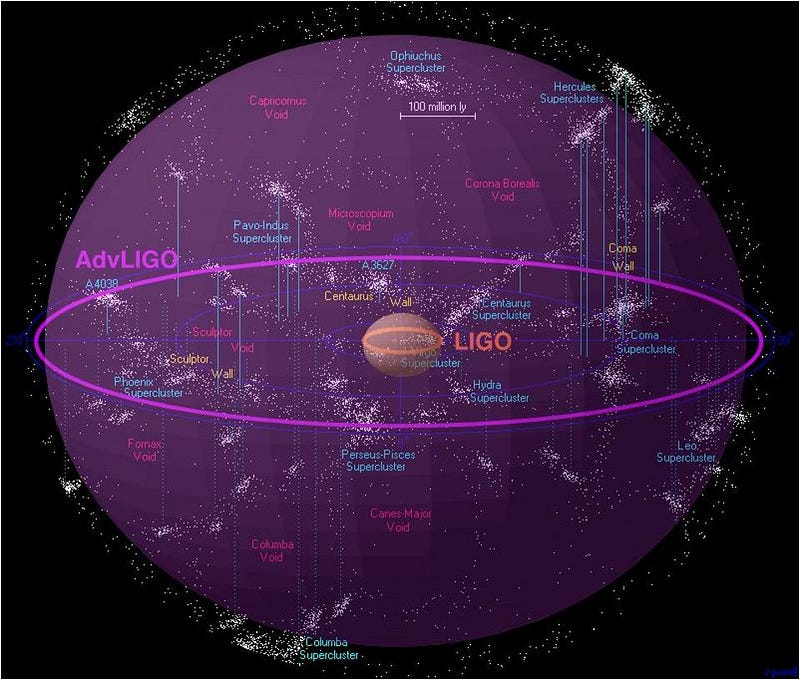
Moreover, our X-ray data shows us that there are plenty of lower-mass black hole binaries out there, too; perhaps a significant amount more than these high-mass ones that LIGO is more sensitive to. And that’s not even counting the data pointing to the existence of black holes that aren’t in tight binary systems, which is likely to be the vast majority. If there are dozens of medium-to-high (10–100 solar mass) black hole binaries in our galaxy, there are hundreds of low (3–15 solar mass) black hole binaries, and at least thousands of isolated (non-binary) stellar mass black holes.
With an emphasis on “at least” in this case.
Because black holes are incredibly difficult to detect. As it is, we can only really see the most active, most massive, and most extremely-situated ones. The black holes that inspiral and merge are fantastic, but these configurations are expected to be cosmologically rare. The ones that are seen by Chandra are only the most massive, active ones, but most black holes aren’t millions-to-billions of solar masses, and most of the ones that are that big aren’t presently active. When it comes to the black holes we actually see, we fully expect they’re only a tiny fraction of what’s actually out there, despite how spectacular what we see actually is.
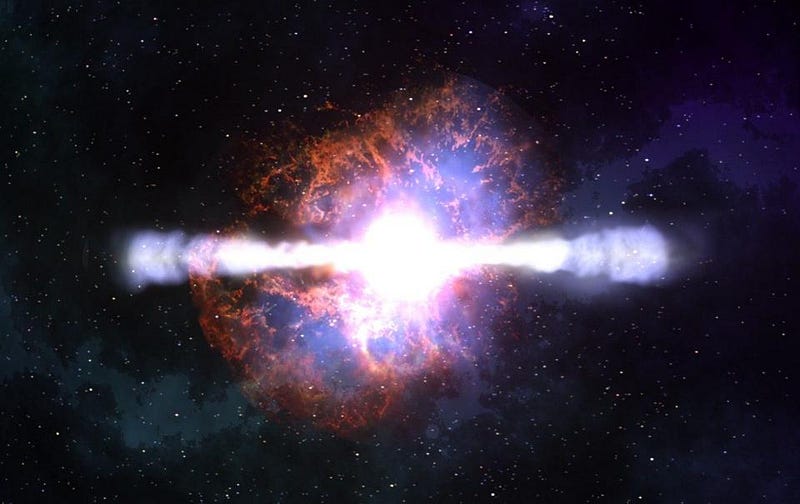
But we do have a way to arrive at a quality estimate to the number and distribution of black holes: we know how black holes are formed. We know how to make them from young and massive stars that go supernovae, from neutron stars that accrete or merge, and from direct collapse. And while the optical signatures of black hole creation are ambiguous, we’ve seen enough of stars, stellar death, cataclysmic events, and star formation over the Universe’s history to be able to come up with exactly the numbers that we’re seeking.
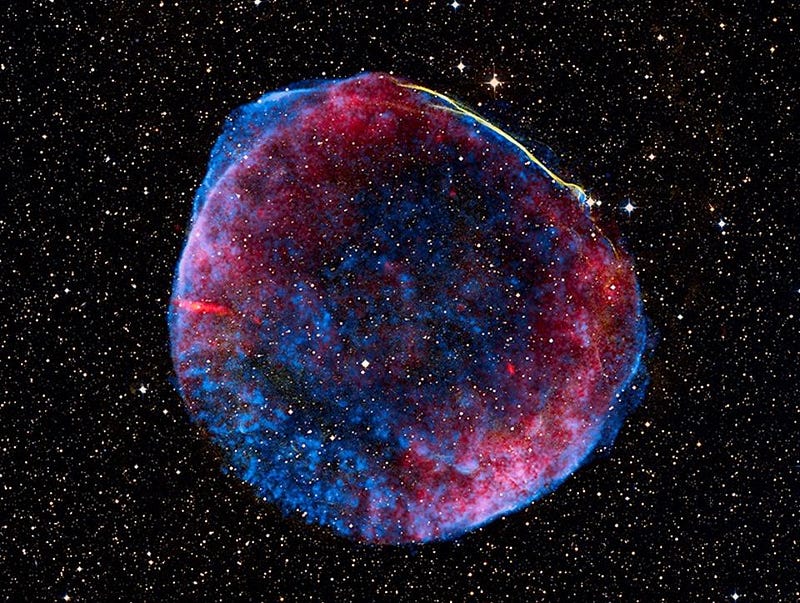
These three ways to make black holes are all rooted, if we trace things all the way back, to massive star-forming regions. In order to get a:
- Supernova, you need a star that’s at least 8–10 times the mass of the Sun. Stars greater than about 20–40 solar masses will give you a black hole; stars less than that will give you a neutron star.
- Neutron star merger or accretion to a black hole, you need either two neutron stars inspiraling or randomly colliding, or a neutron star siphoning mass off of a companion star to cross a threshold (around 2.5–3 solar masses) to become a black hole.
- Direct collapse black hole, you need enough material in one place to form a star ~25 times the mass of the Sun or more, and the right circumstances to get a black hole directly (with no supernova) as a result.
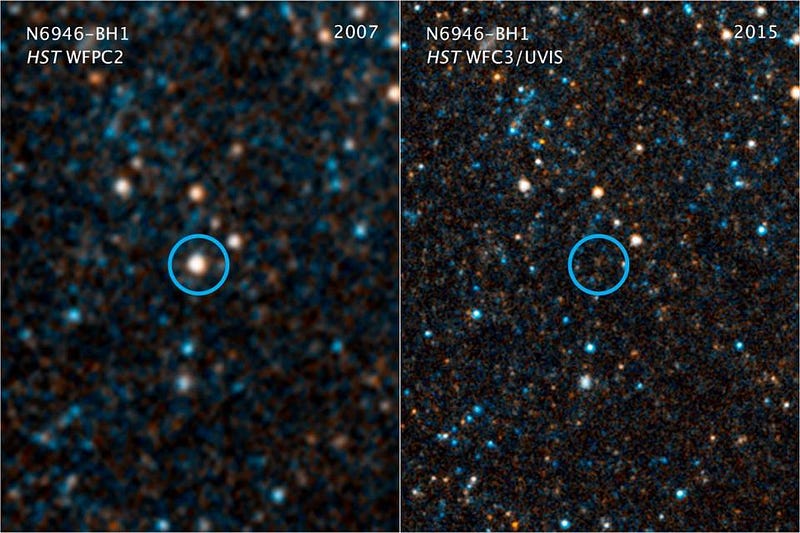
In our neighborhood, we can measure, of all the stars that form, how many of them are of the right mass to potentially lead to the formation of a black hole. What we find is that only about 0.1–0.2% of all stars nearby have enough mass to even have a supernova, with the vast majority forming neutron stars. Around half of the systems that form are binary systems, though, and most of the binaries that we’ve found have stars that are of comparable masses to one another. In other words, most of the 400 billion stars that have formed in our galaxy will never make a black hole.
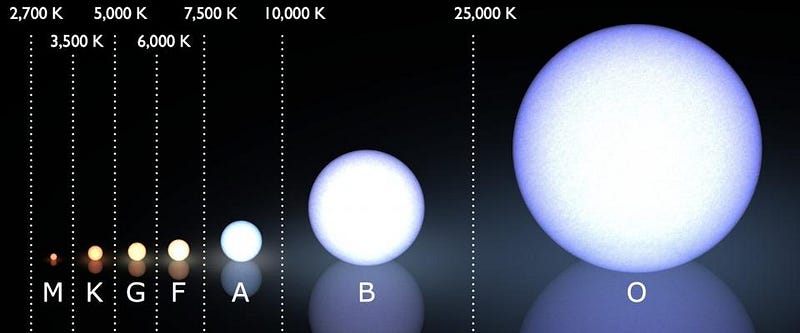
But that’s okay, because a few of them will. More importantly, however, a great many more likely did, albeit in the distant past. Whenever you form stars, you get a distribution of their masses: you get a few high-mass stars, many more intermediate-mass stars, and a very large number of low-mass stars. It’s so severe that the lowest-mass class of stars, M-class (red dwarf) stars, which are just 8–40% the mass of the Sun, make up 3 out of every 4 stars in our vicinity. In many new star clusters, you only get a handful of high mass stars: the stars that can go supernova. But in the past, the galaxy had star-forming regions that were much larger and rich in mass than the ones the Milky Way has today.
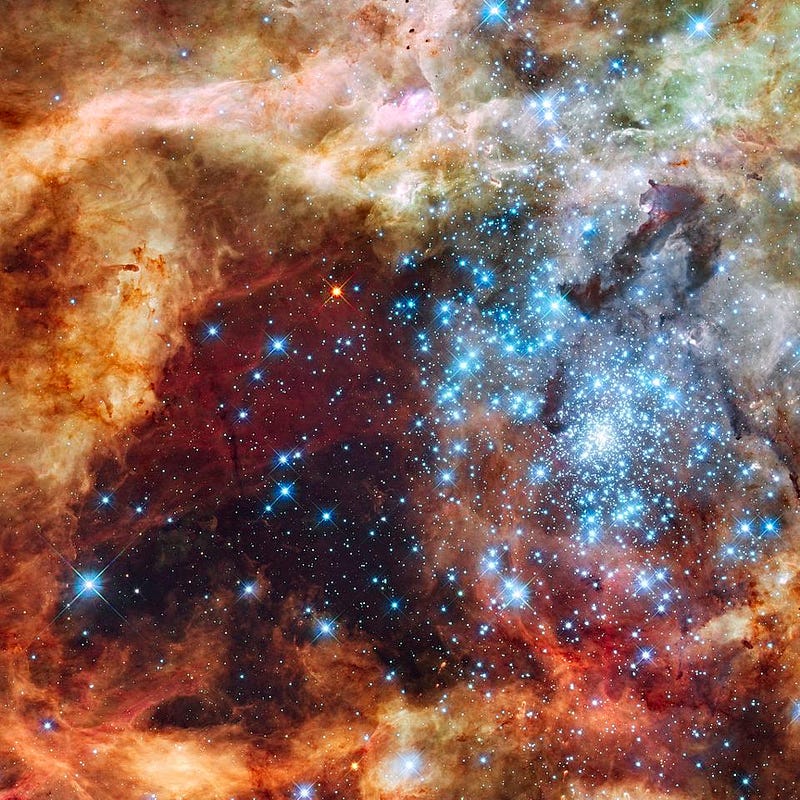
Above, you can see 30 Doradus, the largest star-forming region in the local group, with a mass of about 400,000 Suns. Within this region, there are thousands of hot, very blue stars, of which hundreds will likely go supernova. Somewhere between 10–30% of these will result in black holes, with the rest becoming neutron stars. If we consider that:
- our galaxy had many regions like this in the past,
- the largest star-forming regions have been concentrated along spiral arms and towards the galactic center,
- and that where we see pulsars (neutron star remnants) and gamma-ray sources today, there are likely black holes, too,
we can come up with a map and an interpretation for where the black holes are.
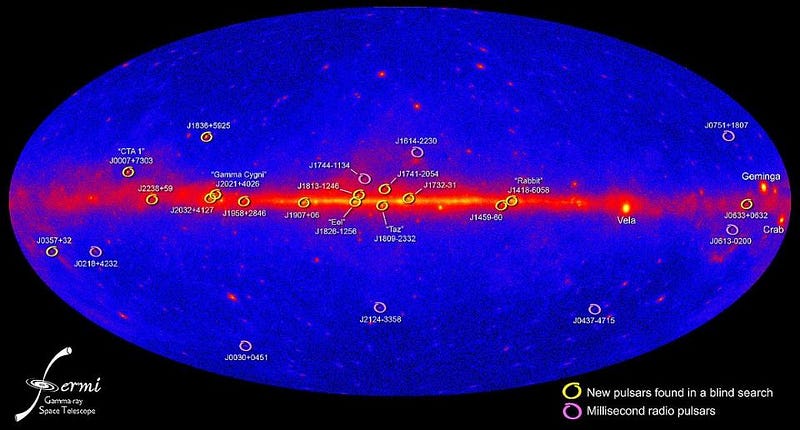
This is the Fermi all-sky map of gamma-ray point sources in the sky. It’s a lot like the star map of our galaxy, except it strongly highlights the galactic disk. In addition, older sources fade away from gamma rays, so these are the recently-formed point sources.
Compared to this map, a map of black holes would appear:
- More concentrated towards the galactic center,
- Slightly more dispersed in width,
- Containing a galactic bulge,
- And would consist of somewhere around 100 million objects, give-or-take an order of magnitude.
If you created a hybrid of the Fermi map (above) and the COBE (infrared) map of the galaxy, below, you’d get a qualitative picture of where our galaxy’s black holes were located.
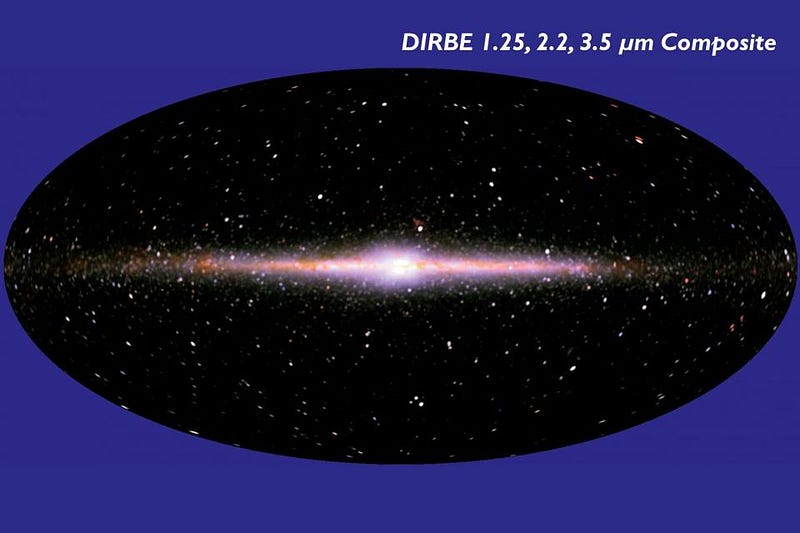
Black holes are real, they’re common, and the vast majority of them are quiet and difficult to detect today. The Universe has been around for a long time, and while we see a very large number of stars today, most of the very high-mass ones that ever existed — far more than 95% of them — died long ago. Where did they go? About a quarter of them have become black holes, and the millions upon millions of long-ago stars that did still lurk within our galaxy, with most galaxies exhibiting approximately the same ratio ours has.
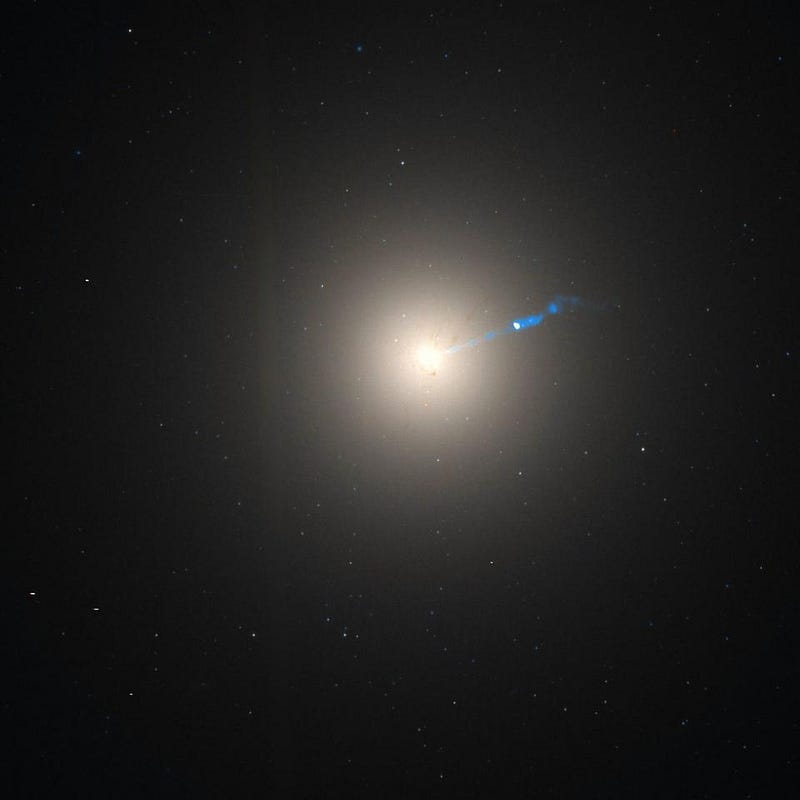
Elliptical galaxies will have their black holes in an elliptical swarm, clustered around the galactic center, similar to where stars are seen. Many black holes will migrate, over time, to the gravitational well at the center of a galaxy due to a process known as mass segregation, which is likely how supermassive black holes get so supermassive. But we don’t have the direct evidence for this full picture at present; until we have a way to image quiet black holes directly, we will never know for sure. Based on what we do know, however, this is the best picture we can construct. It’s consistent, it’s compelling, and all the indirect evidence points to this being the case.
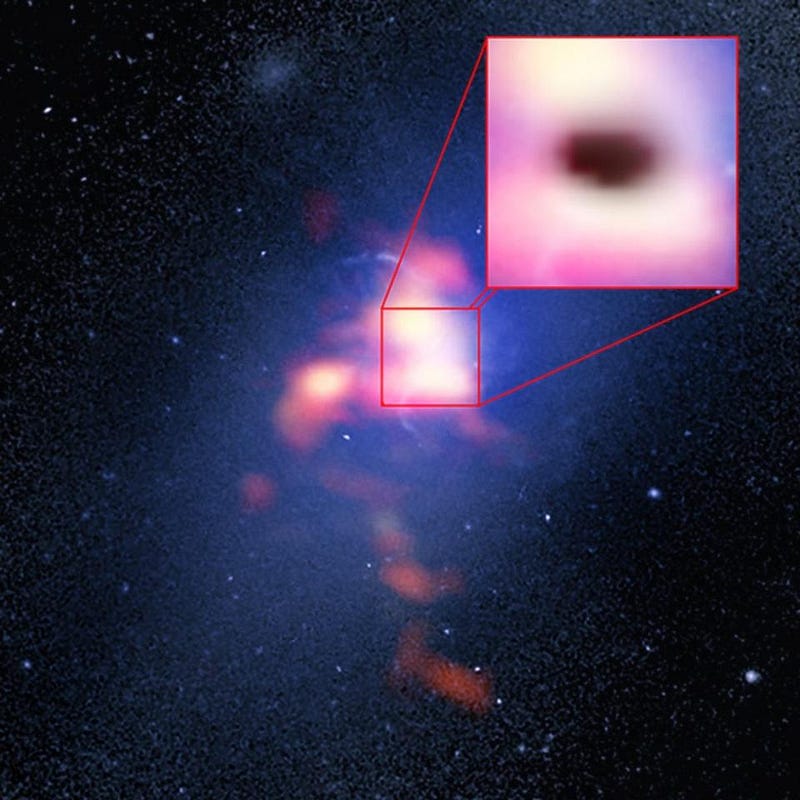
In the absence of direct imaging, this is the best science can hope to do, and it tells us something remarkable: for every thousand stars we see today, there’s approximately one black hole, on average, out there too, preferentially clustered in the denser regions of space. That’s a pretty good answer for something that’s almost completely invisible!
Ethan Siegel is the author of Beyond the Galaxy and Treknology. You can pre-order his third book, currently in development: the Encyclopaedia Cosmologica.





